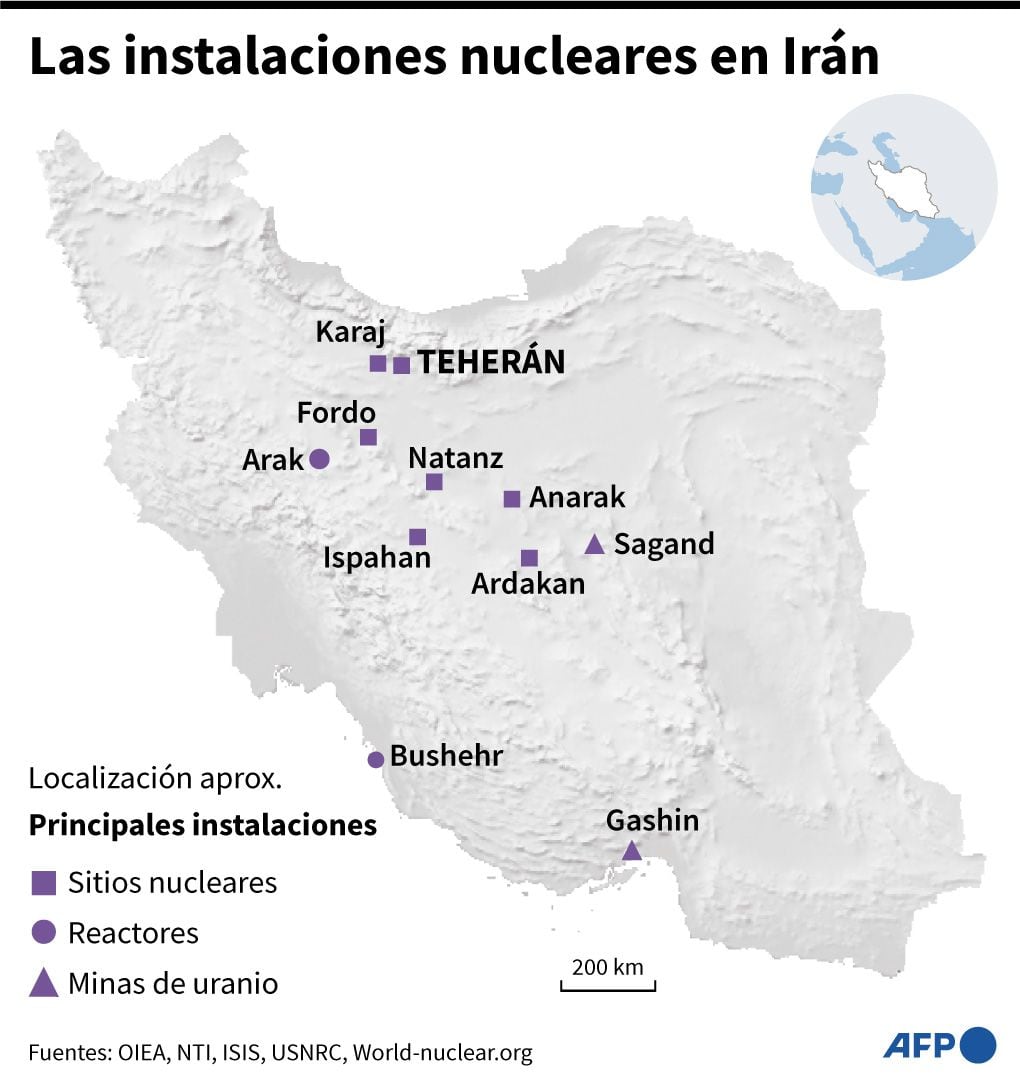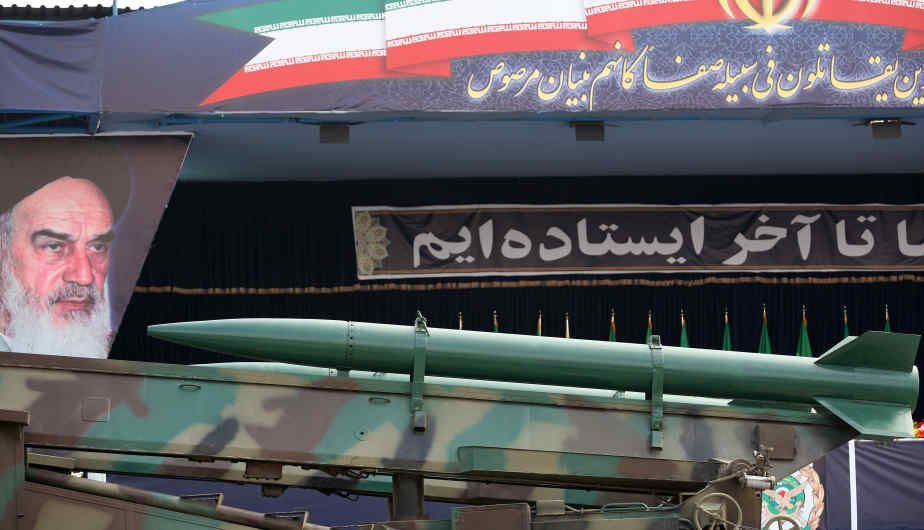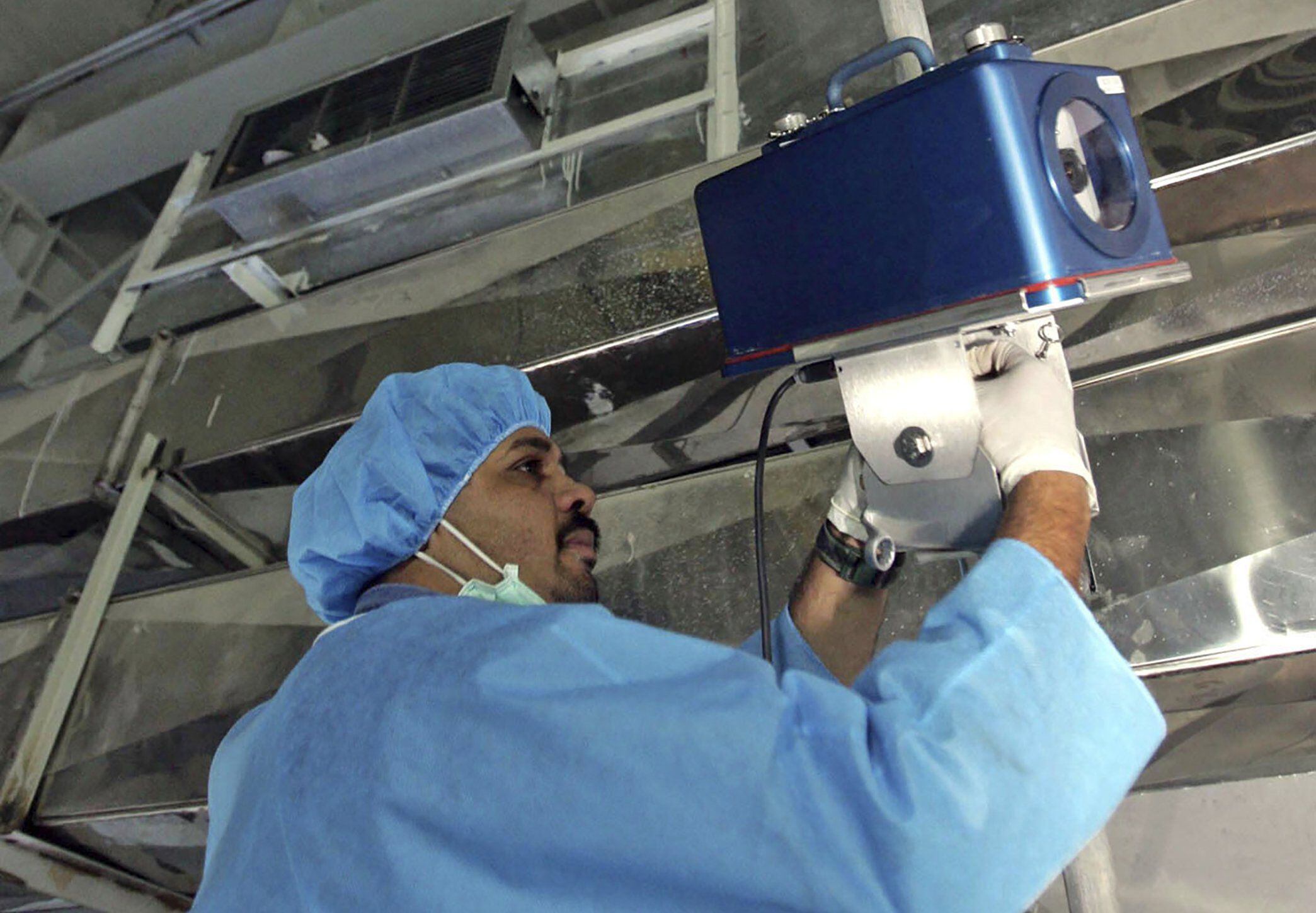Tensions over the Iranian nuclear program are escalating rapidly. After the International Atomic Energy Agency (IAEA) adopted a resolution criticizing the lack of cooperation of Iran, this country decided to withdraw 27 surveillance cameras in its nuclear facilities. The new disagreement distances the perspective of a solution on this sensitive issue that keeps humanity on alert.
LOOK: Iran dismantles 27 IAEA surveillance cameras at its facilities
Specific, The 35-nation IAEA Board of Governors accused Iran of lack of transparency in cooperating with the United Nations nuclear agency by failing to address its concerns about traces of enriched uranium found at three sites that Tehran failed to declare as places that host nuclear activities. The resolution, which was opposed by Russia and China, was approved last Wednesday.
For its part, Iran assures that the fissile traces found are due to sabotage -supposedly by Israel-, something that the UN nuclear agency described as “technically not credible”. The fuse was already lit and the Persian country soon dismantled 27 IAEA surveillance cameras in different nuclear facilities located in Tehran, Isfahan and Natanz.
Why does this increase tensions? Well, the IAEA surveillance cameras are key to being able to verify the progress of Iran’s nuclear program.
A dangerous decision
Experts say that with this decision, Iran dealt a near fatal blow to the chances of reactivating the 2015 nuclear agreement. The measure adopted by Tehran implies withdrawing practically all the surveillance equipment of the International Atomic Energy Agency (IAEA) installed in the framework of the pact, according to the head of the institution, Rafael Grossi.
The agency has asserted that there would only be three to four weeks to restore some of the surveillance that is being withdrawn, or else the IAEA will lose the ability to rebuild all or nearly all of Iran’s major nuclear activities and materials, and the restoration of the agreement requires that.
The British newspaper “The Guardian” highlights that the resolution adopted by the IAEA “it reflects growing anxiety that Iran is not providing the cooperation IAEA inspectors need to declare its nuclear program peaceful. Iran has progressively reduced IAEA access in what it says is a gradual and reversible response to US sanctions.”.
The United States described Tehran’s latest nuclear measures as “provocations” on Thursday and warned that its actions could lead to “an aggravated nuclear crisis” and a “major economic and political isolation of Iran.”

The head of US diplomacy, Antony Blinken, argued that Iran’s initial response to the IAEA decision was not to exhibit transparency but rather to “threaten further provocations and reductions in transparency.” “Such measures would be counterproductive and would further complicate our efforts” to save the nuclear agreement reached in 2015, he warned.
The director of the UN nuclear agency, Rafael Grossi, spoke along the same lines, acknowledging that if Iran does not restore the services of the IAEA’s surveillance cameras in the coming weeks, it will constitute a “lethal blow” for the nuclear agreement. since the agency could not give guarantees of verification.
The moribund nuclear deal
Under the landmark 2015 nuclear deal with world powers, Iran agreed to limit its nuclear activities and allow continued robust oversight by IAEA inspectors in exchange for relief from economic sanctions.
But the agreement has been dying since former Republican President Donald Trump (2017-2021) unilaterally withdrew the United States from the pact in 2018 and reestablished sanctions against Tehran, including an oil embargo, which notably damages the Iranian economy.
Since then, Iran has flouted the deal’s limits on its nuclear activities, enriching uranium to near weapons grade, using more advanced centrifuges and adding to its stockpiles of enriched uranium.

The talks to reactivate the agreement were reactivated in April 2021. Iran negotiates with the United States and five other powers to restore the atomic pact, which provides for important limitations on the country’s nuclear program in exchange for the lifting of sanctions.
However, the talks have been suspended since last March, with no agreement in sight. Meanwhile, Western powers warn that it is inching closer to being able to build a nuclear bomb, although Iran denies any such intentions.
A few weeks ago, Carl Bildt, a columnist for The Washington Post, said that while the war in Ukraine commands attention, we must not forget another critical point that threatens Western security: Iran and its expanding nuclear program. “Unless we can get the 2015 nuclear deal back on track, we are headed for a new conflict with Tehran,” said the media advocating for President Joe Biden and European leaders to take “measures to prevent Iran from becoming a state.” nuclear threshold.
Source: Elcomercio
I, Ronald Payne, am a journalist and author who dedicated his life to telling the stories that need to be said. I have over 7 years of experience as a reporter and editor, covering everything from politics to business to crime.

:quality(75)/cloudfront-us-east-1.images.arcpublishing.com/elcomercio/5GMRFB3UMZCXBJPLJMTZMEVUDI.jpg)


:quality(75)/cloudfront-us-east-1.images.arcpublishing.com/elcomercio/WH2CYTIKL5BJJBOKOQJEO2NXXM.jpg)
:quality(75)/cloudfront-us-east-1.images.arcpublishing.com/elcomercio/6T5VR63ZIVHVHIZXGIZCSUVBCM.jpg)

:quality(75)/cloudfront-us-east-1.images.arcpublishing.com/elcomercio/XKZWTRX4YJHANAH3HA3FXGOALY.jpg)
